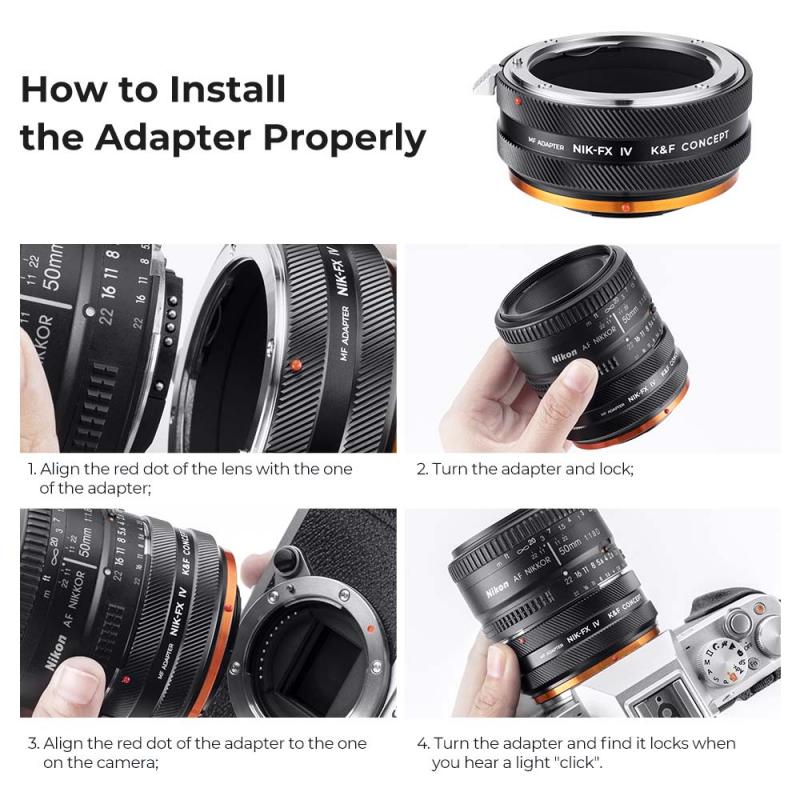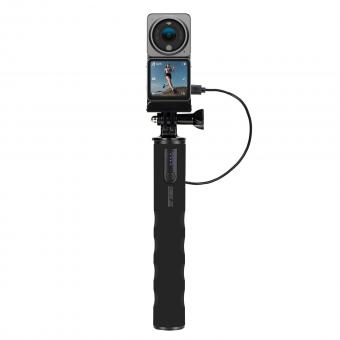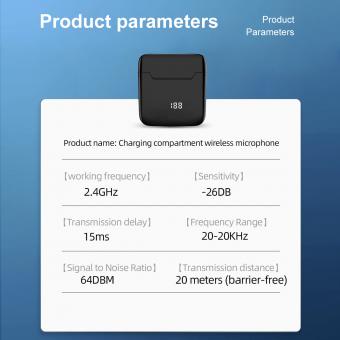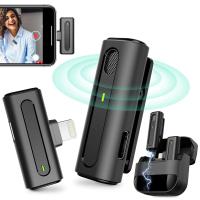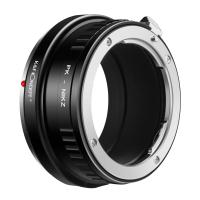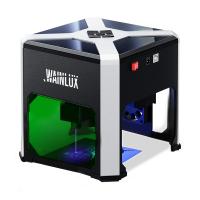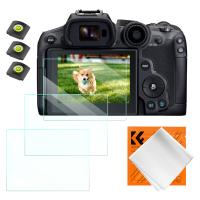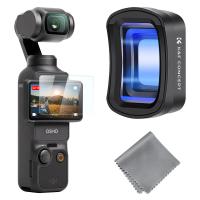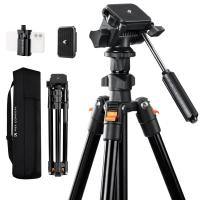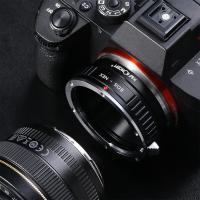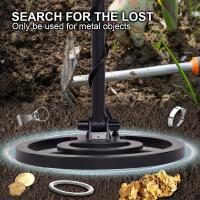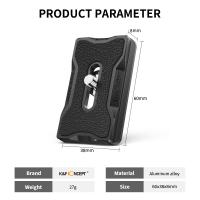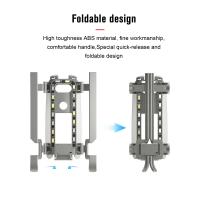How To Choose A Compact Digital Camera ?
When choosing a compact digital camera, consider factors such as image quality, size and portability, features and functionality, and budget. Look for a camera with a high-resolution sensor for better image quality. Consider the size and weight of the camera, as compact cameras are designed to be portable and easy to carry around. Look for features such as optical zoom, image stabilization, and manual controls, depending on your photography needs. Consider your budget and compare prices and features of different models to find the best value for your money. Additionally, read reviews and compare specifications to make an informed decision.
1、 Sensor size and image quality
When it comes to choosing a compact digital camera, one of the most important factors to consider is the sensor size and image quality. The sensor size plays a crucial role in determining the overall image quality and low-light performance of the camera.
In general, larger sensors tend to produce better image quality with less noise, especially in low-light conditions. This is because larger sensors have larger pixels, which can capture more light and detail. On the other hand, smaller sensors, such as those found in smartphones, may struggle to produce high-quality images in challenging lighting situations.
However, it's worth noting that sensor technology has come a long way in recent years. Some compact cameras now feature larger sensors, such as 1-inch sensors, which offer improved image quality compared to traditional compact cameras with smaller sensors. These cameras strike a balance between portability and image quality, making them a popular choice among photography enthusiasts.
Additionally, advancements in image processing algorithms have also contributed to improved image quality in compact cameras. Features like noise reduction and image stabilization can help compensate for the limitations of smaller sensors, resulting in better overall image quality.
In conclusion, when choosing a compact digital camera, it's important to consider the sensor size and image quality. While larger sensors generally offer better image quality, the latest advancements in sensor technology and image processing algorithms have made it possible for compact cameras with smaller sensors to produce impressive results. Ultimately, it's essential to find a camera that meets your specific needs and preferences, whether it's prioritizing portability or maximizing image quality.
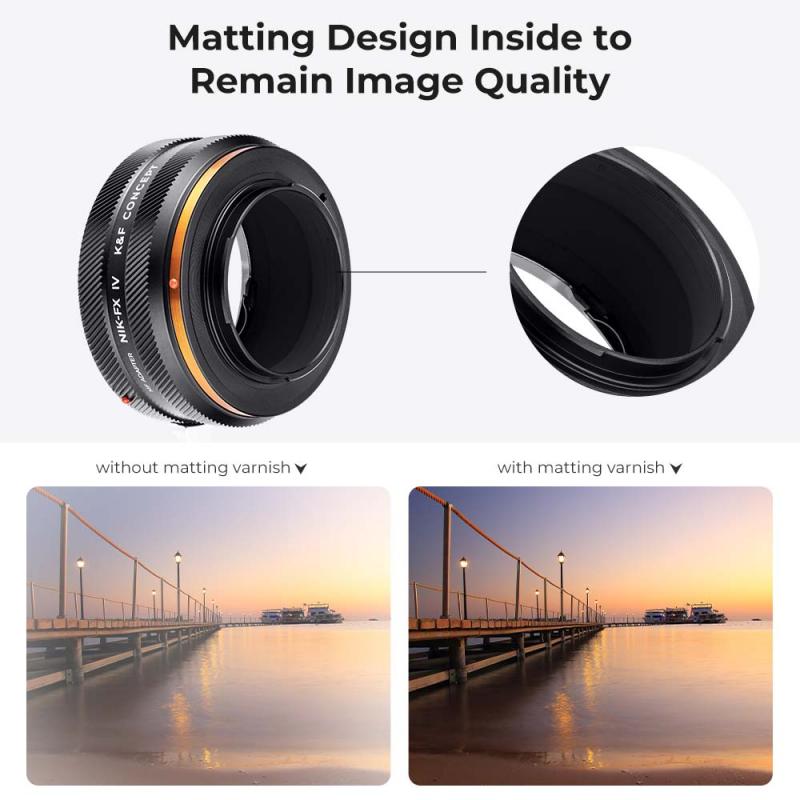
2、 Zoom range and lens capabilities
When it comes to choosing a compact digital camera, there are several factors to consider. One of the most important aspects to look at is the zoom range and lens capabilities of the camera.
The zoom range determines how close you can get to your subject without physically moving closer. A camera with a higher zoom range will allow you to capture distant subjects with more detail. Look for cameras with optical zoom rather than digital zoom, as optical zoom maintains image quality while digital zoom can result in pixelation.
Lens capabilities are also crucial in determining the quality of your photographs. Look for cameras with a wide aperture lens, as this allows more light to enter the camera and results in better low-light performance. Additionally, consider the focal length of the lens. A camera with a wider focal length is ideal for capturing landscapes and group shots, while a longer focal length is better for zooming in on distant subjects.
In recent years, there have been advancements in lens technology, such as the inclusion of image stabilization. This feature helps reduce camera shake, resulting in sharper images, especially when shooting in low light or using the zoom function.
Furthermore, some compact digital cameras now offer interchangeable lenses, giving you the flexibility to choose different lenses based on your photography needs. This allows you to experiment with different focal lengths and achieve a variety of creative effects.
In conclusion, when choosing a compact digital camera, pay close attention to the zoom range and lens capabilities. Consider factors such as optical zoom, wide aperture lens, focal length, and image stabilization. Additionally, keep an eye out for cameras with interchangeable lenses for added versatility. By considering these factors, you can ensure that you select a camera that meets your specific photography requirements.
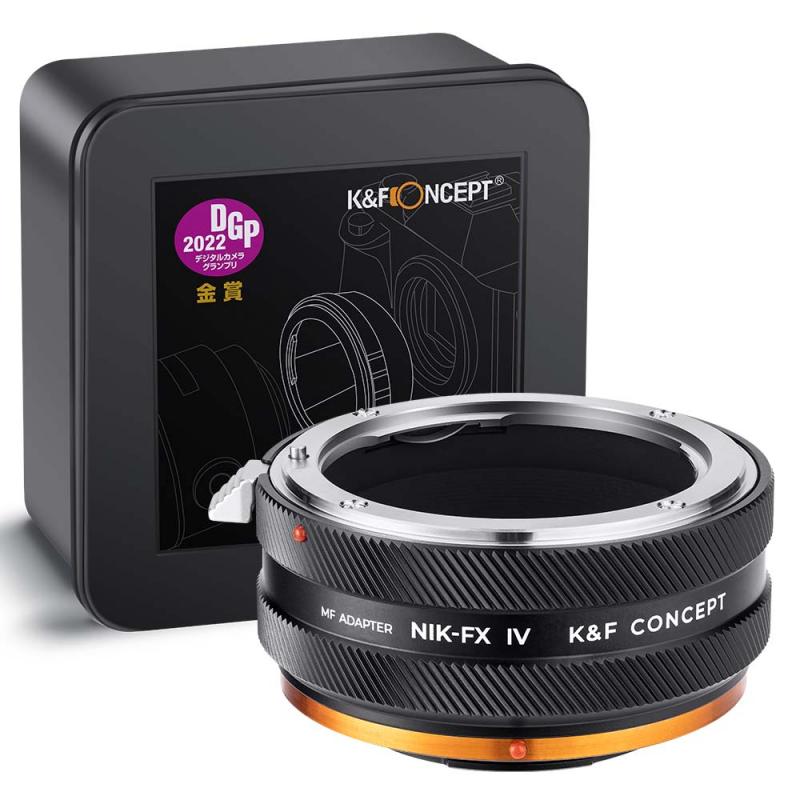
3、 Size, weight, and portability
When it comes to choosing a compact digital camera, there are several factors to consider. One of the most important factors is the size, weight, and portability of the camera.
Compact digital cameras are designed to be small and lightweight, making them easy to carry around and convenient for everyday use. They are perfect for capturing moments on the go, whether you're traveling, attending events, or simply taking photos of your daily life.
The size of the camera is crucial because it determines how easily it can fit into your pocket or bag. A compact camera should be compact enough to carry around without feeling bulky or cumbersome. Additionally, the weight of the camera is important, as a heavy camera can become tiring to hold for extended periods of time.
Portability is another key aspect to consider. Look for a camera that is easy to use and has intuitive controls. It should also have a durable build quality to withstand the rigors of travel and everyday use.
In terms of the latest point of view, advancements in technology have made compact digital cameras more powerful and feature-rich than ever before. Many compact cameras now offer high-resolution sensors, fast autofocus systems, and advanced image stabilization, allowing for better image quality and sharper shots. Additionally, some models even offer built-in Wi-Fi or Bluetooth connectivity, enabling you to easily transfer and share your photos wirelessly.
In conclusion, when choosing a compact digital camera, prioritize size, weight, and portability. Consider the latest advancements in technology to ensure you get the best image quality and features for your needs. Ultimately, finding a camera that fits comfortably in your hand and can be easily carried around will enhance your photography experience.
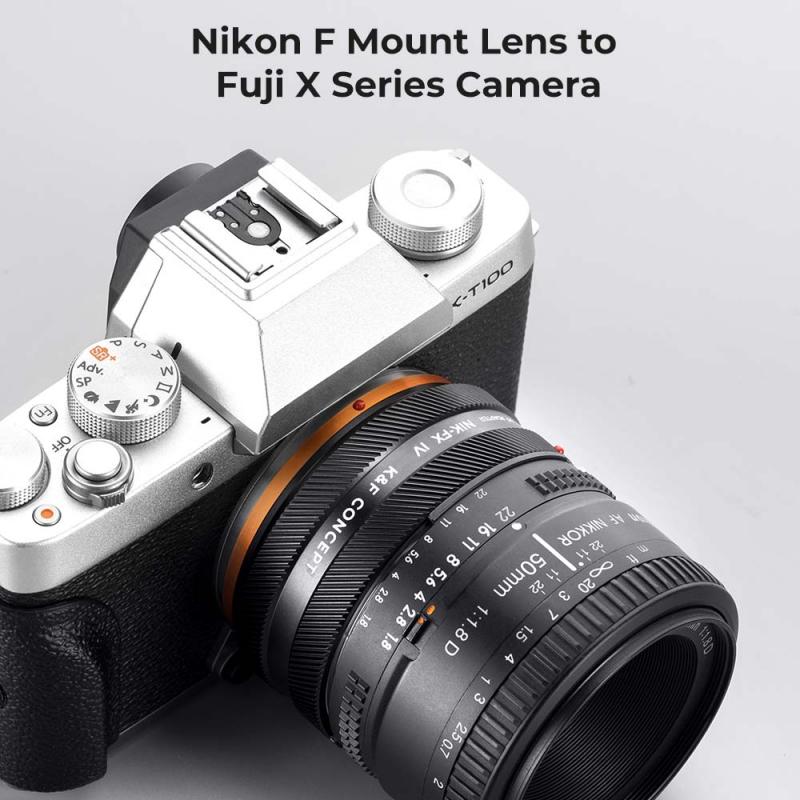
4、 Manual controls and shooting modes
When it comes to choosing a compact digital camera, there are several factors to consider. One important aspect is the presence of manual controls and shooting modes. These features allow you to have more control over your photography and enhance your creativity.
Manual controls give you the ability to adjust settings such as aperture, shutter speed, and ISO, allowing you to have more control over the exposure and depth of field. This is particularly useful in situations where you want to have a specific artistic effect or when shooting in challenging lighting conditions. Having manual controls also enables you to experiment with different settings and learn more about the technical aspects of photography.
In addition to manual controls, having a variety of shooting modes can greatly enhance your photography experience. Different shooting modes, such as portrait, landscape, sports, and macro, are designed to optimize the camera settings for specific types of photography. This can help you achieve better results in different shooting scenarios without having to manually adjust all the settings yourself.
Furthermore, it is worth considering the latest advancements in compact digital cameras. Many models now offer advanced features such as built-in Wi-Fi, which allows you to easily transfer and share your photos wirelessly. Some cameras also come with touchscreens, making it more intuitive to navigate through menus and adjust settings.
In conclusion, when choosing a compact digital camera, it is important to look for manual controls and shooting modes. These features provide you with more creative control over your photography and allow you to experiment with different settings. Additionally, considering the latest advancements in compact digital cameras can further enhance your photography experience.
